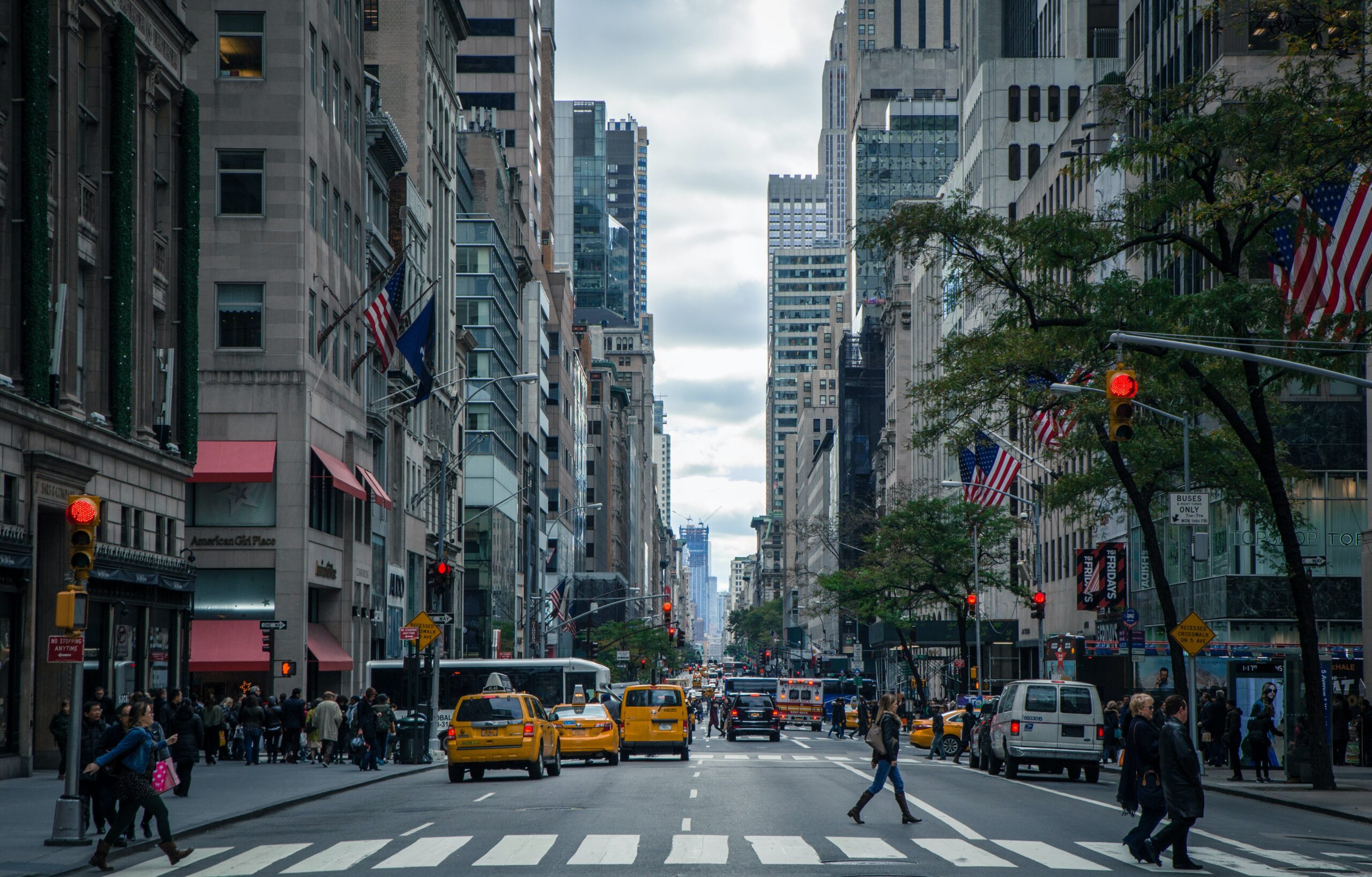Welcome to another riveting chapter in our exploration of history’s darkest moments. Today, we embark on a journey to unravel the haunting tale of the Salem Witch Trials, a harrowing period that unfolded in Colonial America during the late 17th century. Prepare to be captivated by the stories of hysteria, fear, and tragedy that surrounded this infamous event.
A Time of Superstition and Paranoia:
The year was 1692, and the small village of Salem, Massachusetts, found itself gripped by an atmosphere of superstition and paranoia. Puritan beliefs and a fervent fear of the supernatural had taken root in the hearts of the townsfolk. In the midst of this climate, accusations of witchcraft began to fly, igniting a chain reaction that would result in one of the darkest chapters in American history.
The Accusations Begin:
The first accusation came from a group of young girls who claimed to be possessed by witches. This triggered a cascade of finger-pointing as the hysteria spread throughout the community. Neighbors accused neighbors, friends turned against friends, and even family members were not spared from suspicion. The trials quickly escalated into a frenzy, leaving no one immune from the reach of the accusers.
The Legal System Turns Dark:
As the panic grew, a special court was established to handle the witchcraft accusations. This court, however, abandoned the principles of justice and fairness, turning instead into an instrument of fear and oppression. Flimsy evidence, such as dreams and visions, became admissible, and spectral evidence, testimonies based on alleged encounters with ghosts or specters, was even considered valid. The accused were presumed guilty until proven innocent, resulting in a chilling climate of fear and desperation.
The Human Toll:
During the Salem Witch Trials, more than 200 people were accused of witchcraft, and 20 innocent individuals lost their lives. The accused were subjected to grueling interrogations, often involving physical torture, to extract confessions. Those who refused to confess were met with a fate worse than death, as they were subjected to the barbaric practice of being pressed to death with heavy stones. Families were torn apart, and the fabric of the community was irreversibly damaged.
The Aftermath:
The Salem Witch Trials eventually came to an end when public opinion turned against the proceedings, and the court lost credibility. The governor dissolved the court, and those who had survived imprisonment were released. However, the damage had already been done. The trials left a scar on the collective memory of America, forever etching the horrors of irrationality, paranoia, and injustice into the nation’s conscience.
Lessons Learned:
The Salem Witch Trials serve as a stark reminder of the dangers of unchecked fear and mass hysteria. It highlights the importance of a fair and impartial judicial system, where innocence is presumed until proven guilty. The events of this dark chapter in history also shed light on the consequences of blind adherence to religious dogma and the need for critical thinking and rationality.
Conclusion:
As we peel back the layers of the past, we are confronted with the chilling reality of the Salem Witch Trials. This chapter in Colonial America’s history reveals the darkness that can lurk within societies, reminding us of the importance of vigilance against fear and prejudice. May the lessons learned from this tragic episode guide us to a future where justice, compassion, and reason prevail over hysteria and intolerance.













Recent Comments